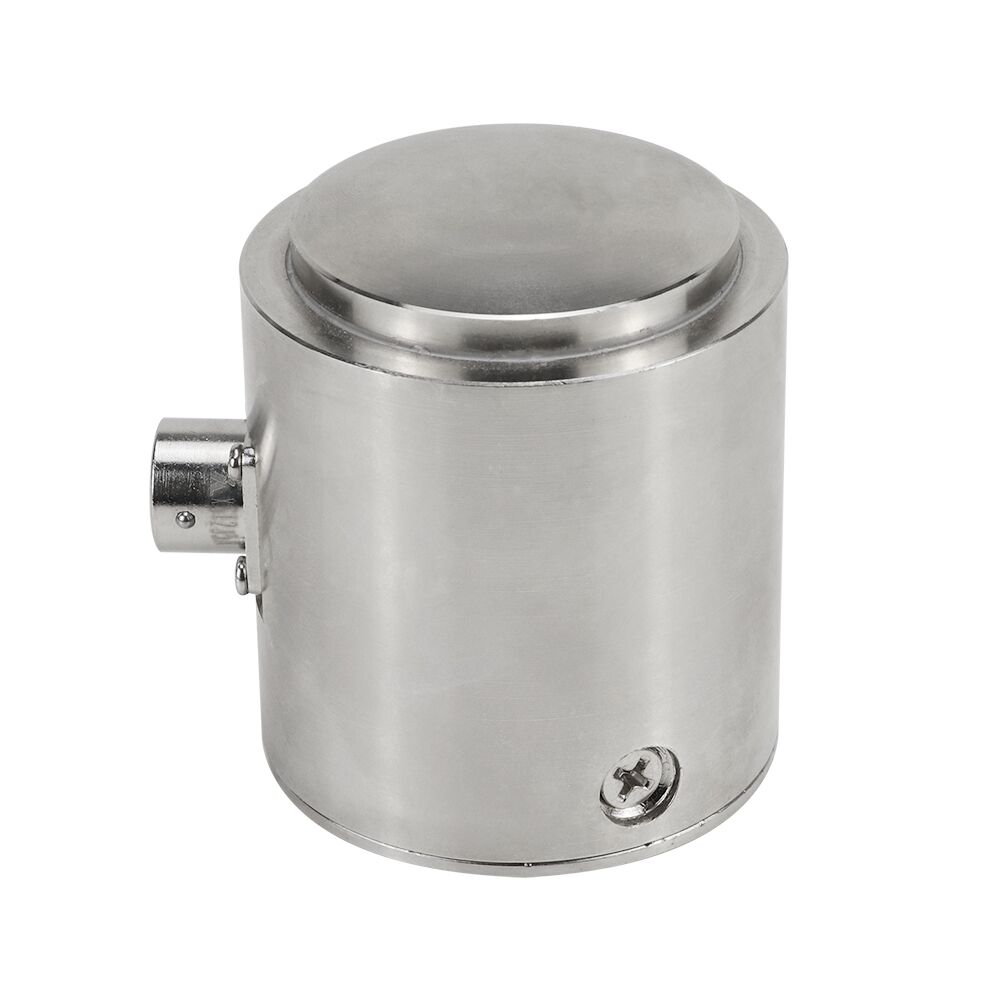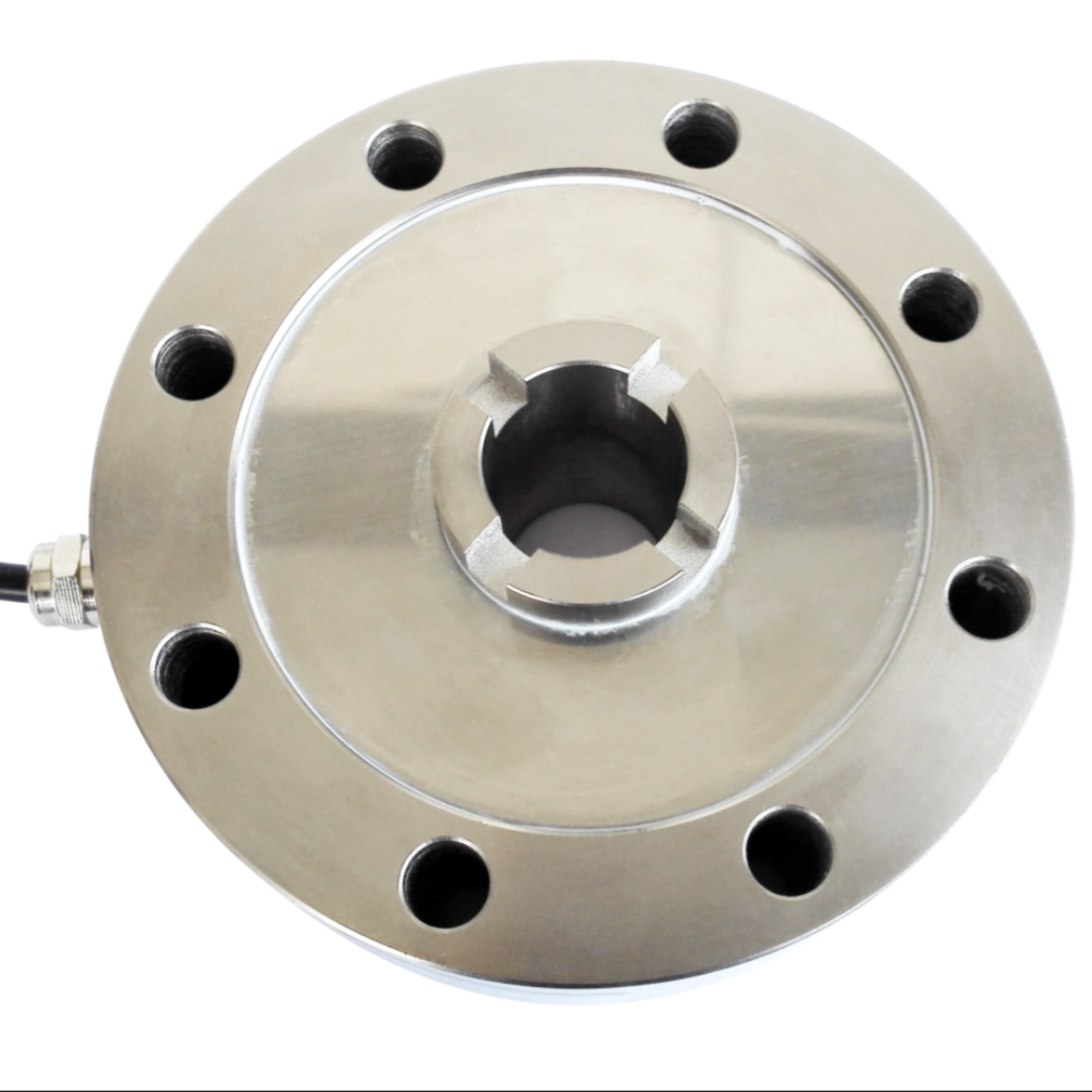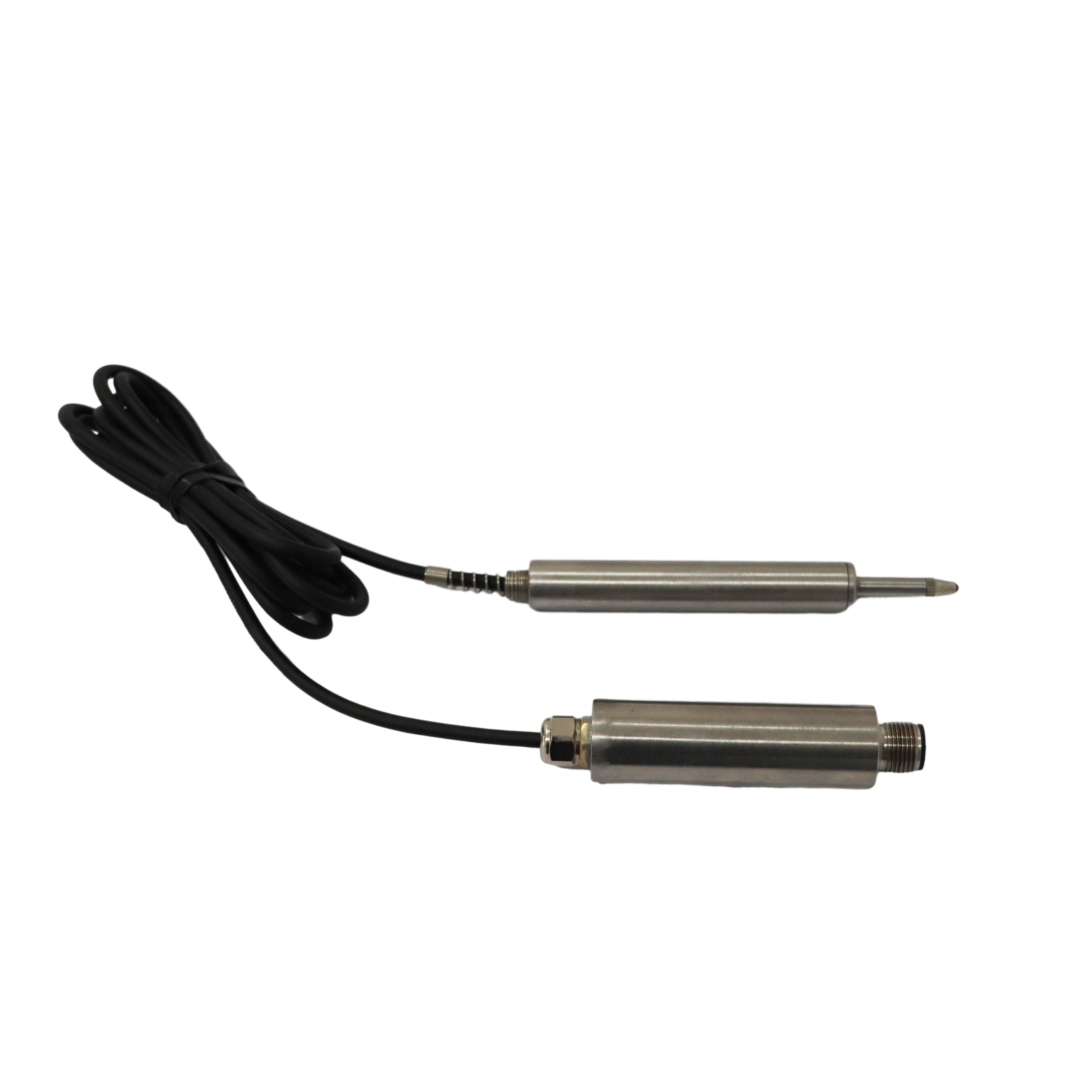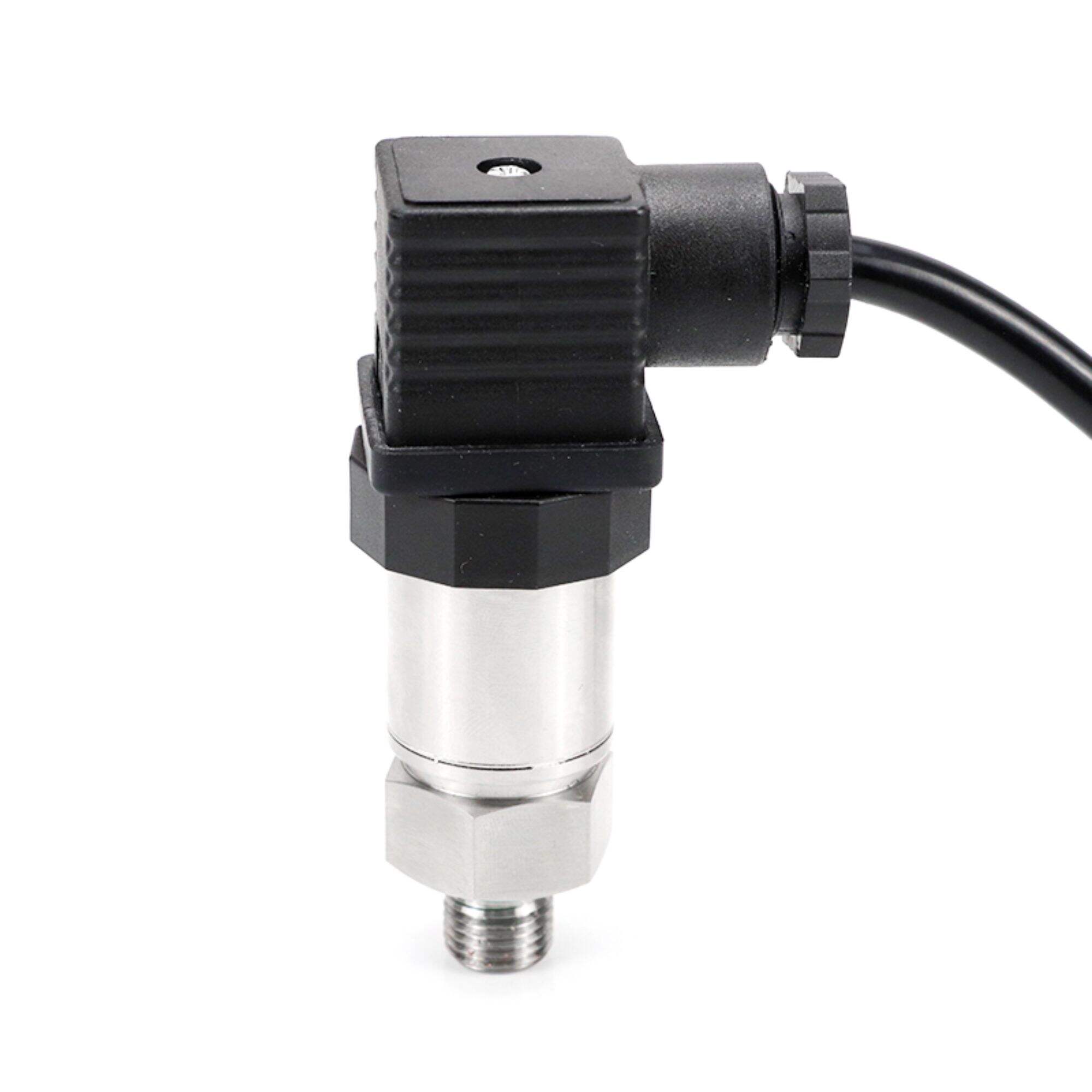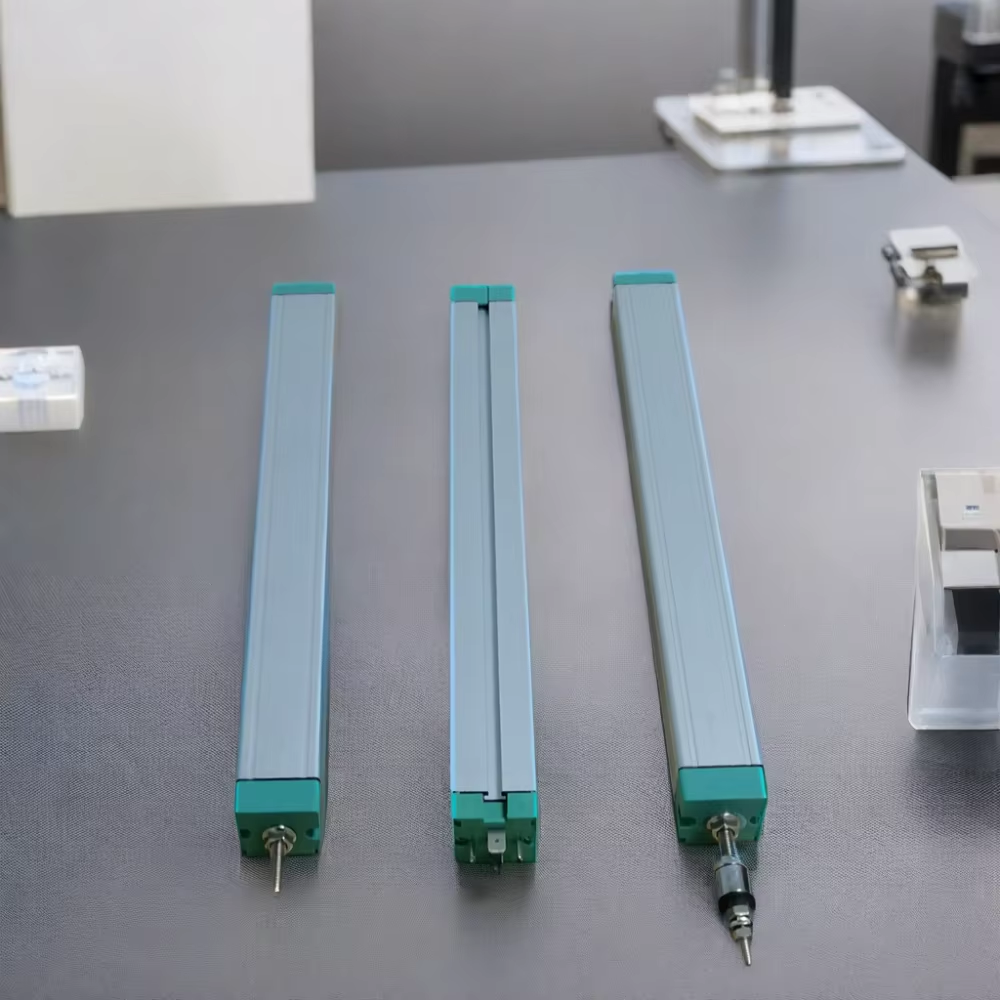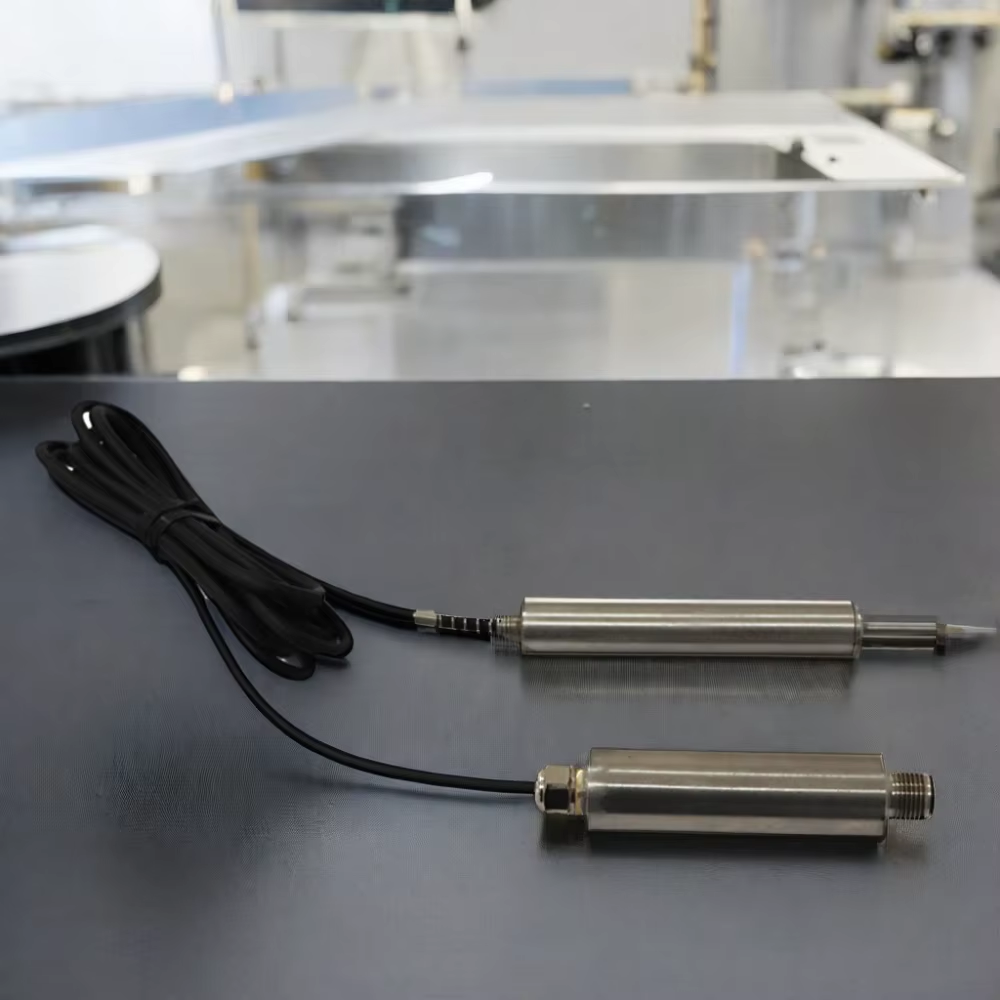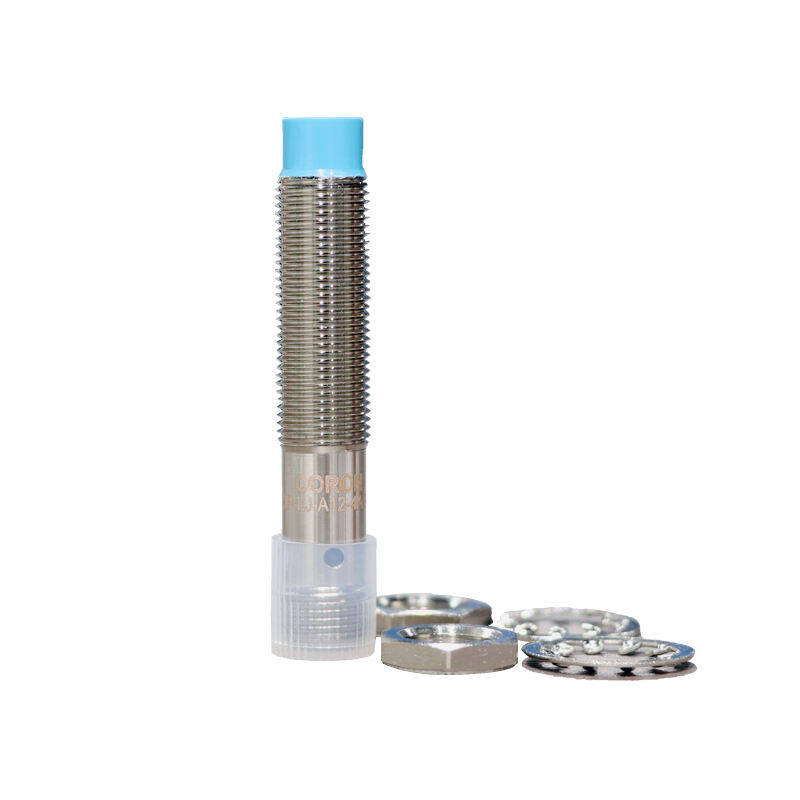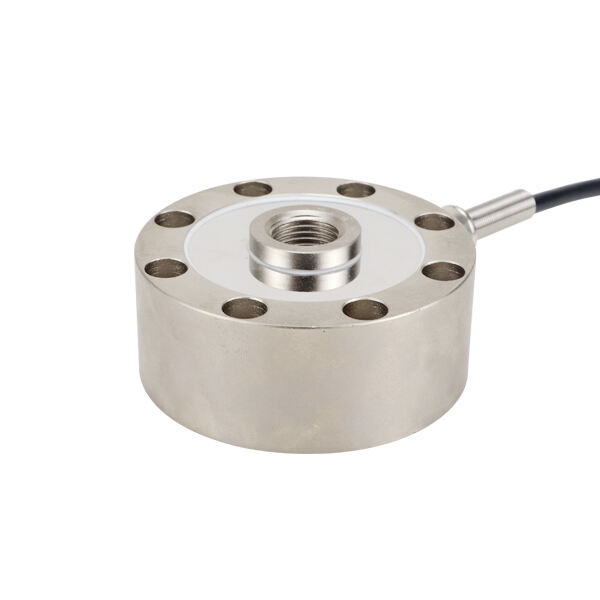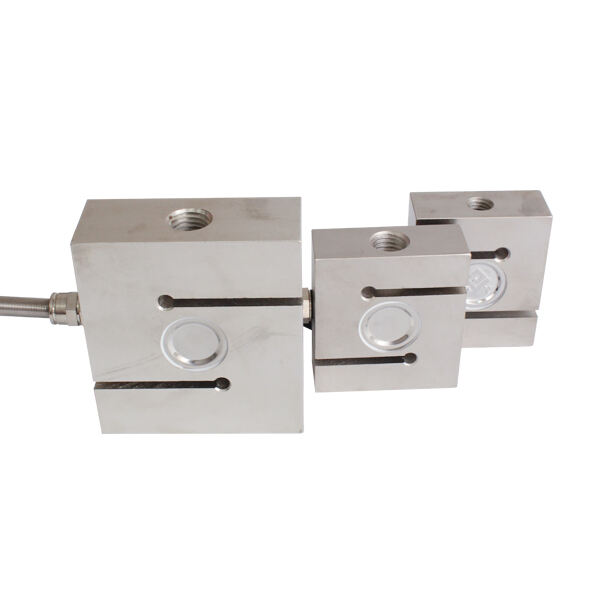sensor de proximidad
Un sensor de proximidad es un dispositivo electrónico avanzado diseñado para detectar la presencia de objetos cercanos sin necesidad de contacto físico. Funcionando mediante campos electromagnéticos, radiación infrarroja o tecnología óptica, estos sensores emiten señales y miden los cambios en las señales reflejadas cuando los objetos entran en su zona de detección. La tecnología permite mediciones de distancia precisas y una detección confiable de objetos bajo diversas condiciones ambientales. Los sensores de proximidad modernos incorporan microprocesadores sofisticados que permiten tiempos de respuesta rápidos, generalmente dentro de milisegundos, y ofrecen ajustes de sensibilidad variables para adaptarse a diferentes aplicaciones. Estos sensores existen en varias formas, incluyendo sensores inductivos para detección de metal, sensores capacitivos para materiales no metálicos y sensores fotoeléctricos para detección a mayor distancia. Cuentan con una construcción robusta con clasificaciones IP67 o superiores para resistencia al polvo y al agua, lo que los hace adecuados para entornos industriales exigentes. El rango de detección varía desde unos pocos milímetros hasta varios metros, dependiendo del tipo de sensor y los requisitos de la aplicación. Muchos modelos incluyen ahora pantallas digitales para una configuración y diagnóstico sencillos, junto con múltiples opciones de salida tales como NPN, PNP o señales analógicas para una integración perfecta con sistemas de control.

